Affairs: Diplomacy / Timor-Leste
In the driving seat
The small Southeast Asian nation’s evergreen president is steering his country from brutal occupation to the promise of the road ahead.
José Ramos-Horta, president of Timor-Leste, doesn’t behave like a leader who has narrowly survived an assassination attempt. The Nobel Peace Prize laureate buzzes around the capital city of Dili in a bright blue Mini Moke, a lightweight British utility vehicle with a convertible canvas top and no windows or doors. On his daily commute to the Nicolau Lobato Presidential Palace, his security detail trails him in a grey Mitsubishi as he weaves through traffic – motorbikes, yellow taxis, 4x4s, rainbow-hued microlets (minibuses) – and leans out to signal a turn or wave at an excited child.

“Some of my staff didn’t understand my thinking,” says Ramos-Horta as he drives. “They had this view that the president is very solemn. I have a different concept of power. Leaders have to be accessible to the people and portray an image that the country is safe. I drive my own car and I go places. I go to a restaurant. I go to a café. I go out in the evening to have a drink somewhere with friends.” A frequent refrain, yelled in the direction of the Moke as it trundles down the street, is “Bomdia, avo!” – “Good morning, grandpa!” in Tetun, the local language. Ramos-Horta says the “avo” caught on about five years ago. The 73-year-old grumbles good-naturedly to monocle about the nickname, then shouts back: “Bomdia!”
Timor-Leste, a small nation occupying one half of the Southeast Asian island of Timor, is one of the region’s most vibrant democracies, with high voter participation, a committed free press and, at least since Ramos-Horta was shot in 2008, a relatively peaceful political climate. The majority-Catholic country has a petroleum-reliant economy and a youthful population of 1.4 million. Its governing institutions are also young, having emerged just two decades ago from the ashes of Indonesia’s brutal 24-year occupation, which followed a declaration of independence from Portugal in 1975. Ramos-Horta spent the occupation in exile, lobbying for independence. His 1996 Nobel Peace Prize, jointly received with Timorese bishop Carlos Filipe Ximenes Belo, led to a resurgence of global attention for Timor-Leste and helped bring about Ramos-Horta’s lifelong goal in 2002: the establishment of his homeland as a sovereign nation.
The president noses the Moke, which he bought secondhand in Australia and fixed up himself, past a line of guards in feather headdresses who bang drums on his arrival. After being elected in April 2022 with 62 per cent of the vote, he decided that the gates of the presidential palace would stay open all week. A few neighbourhood children are splashing around in the small pool outside the main building; others race across the grass and holler greetings at the president as he parks his car. This is Ramos-Horta’s second term. It was during his first, in 2008, that he was gravely injured in a failed coup. Now, as head of state once more, he is focused on reducing poverty, strengthening ties with the world’s major economies and securing a place for Timor-Leste in international organisations such as the World Trade Organization (wto) and the Association of South East Asian Nations (Asean). The National Congress for Timorese Reconstruction (cnrt) backed Ramos-Horta in 2022; its victory in parliamentary elections this May placed resistance hero Xanana Gusmão in office as prime minister. Control of both branches of government should mean more stability, less deadlock and a jumpstart on developing untapped gas fields in the Timor Sea.
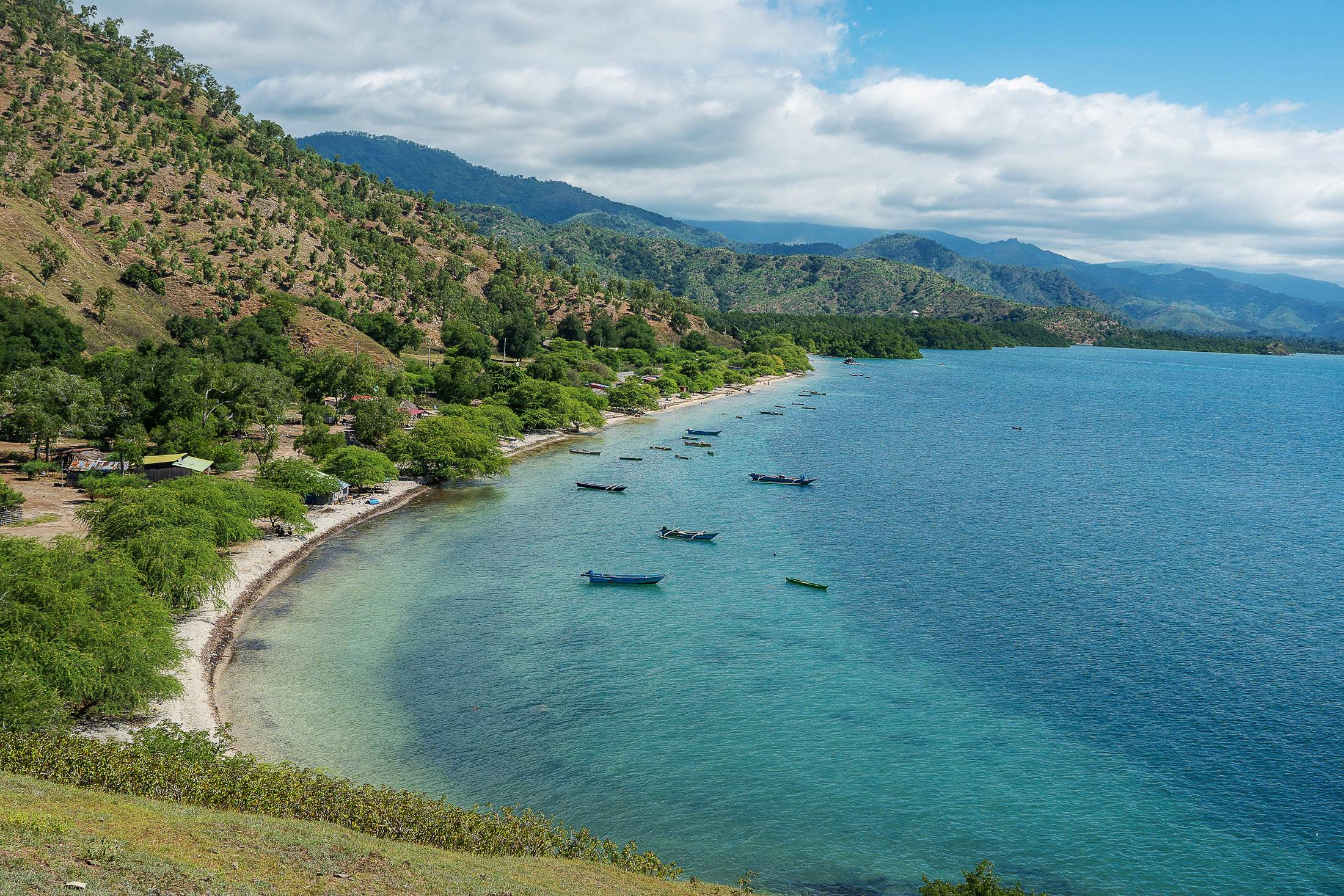
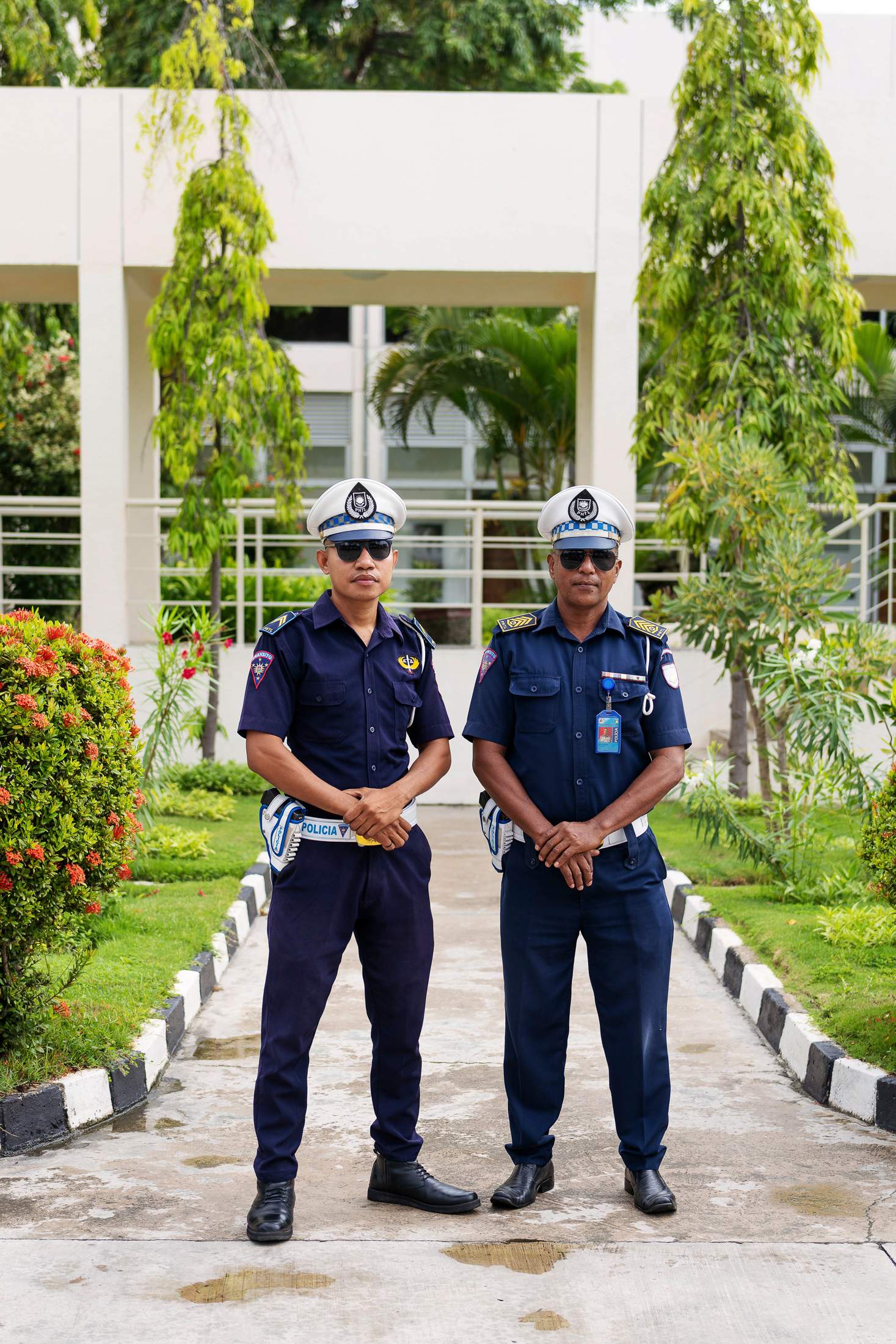
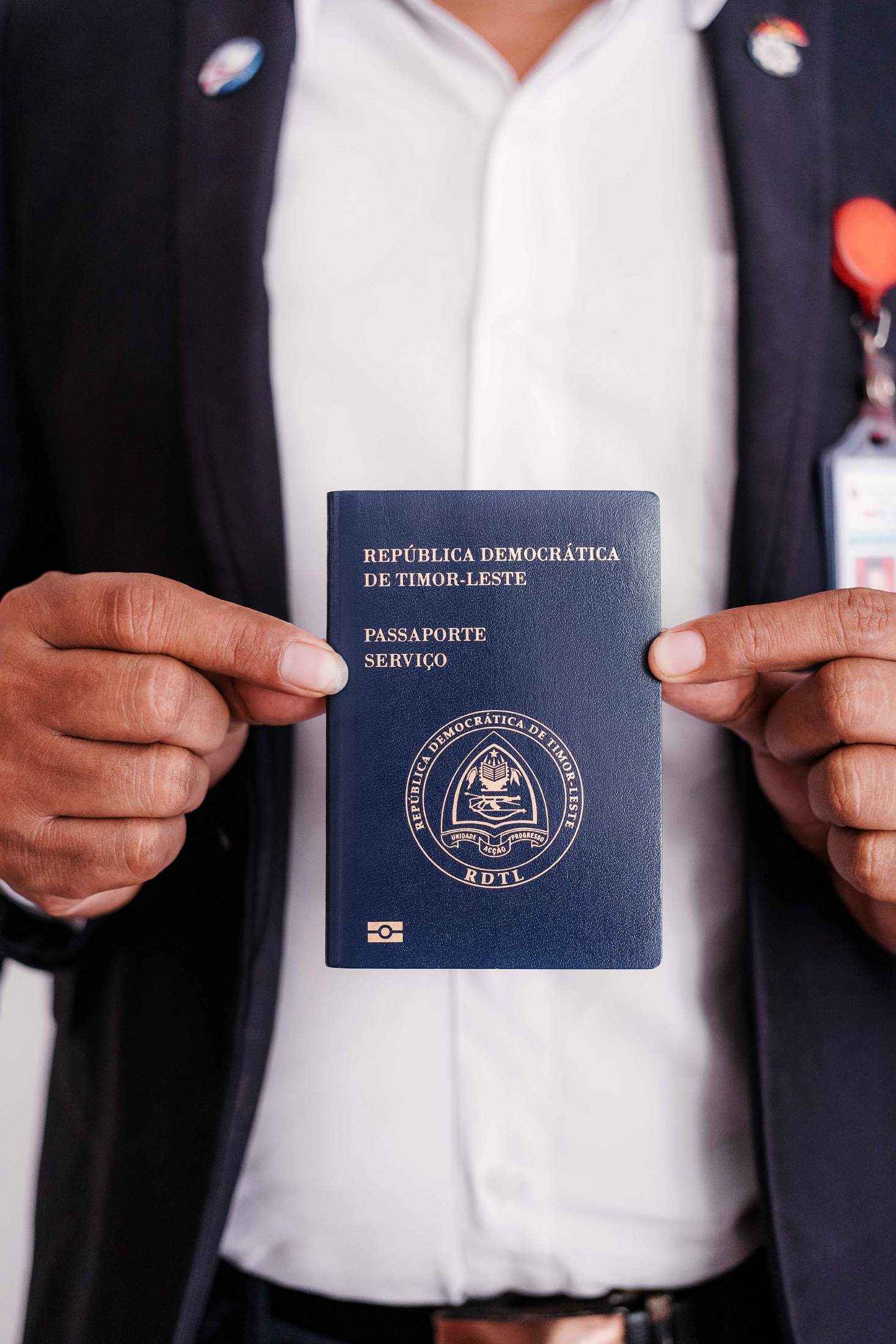
Asean membership will confer economic integration and educational opportunities for Timor-Leste, which has a gdp that’s about a fifth of the bloc’s current smallest economy, Laos. In late 2022, Asean granted Timor-Leste admission in principle, meaning that it will attend meetings as an observer before gaining full membership. In a symbolic twist, Indonesia, Timor-Leste’s erstwhile invader and now staunch ally, is this year’s chair. Timor-Leste’s democratic bona fides will make it an important new voice in Asean as the regional bloc grapples with the ongoing crisis in Myanmar and manages relations with the US and China at a time when the superpower rivalry threatens to sweep countries across Asia into its dragnet.
Ramos-Horta’s many years as an exiled diplomat, pacing the halls of the UN headquarters in New York and travelling the world to win support for Timor-Leste, mean that he has met almost every world leader of the past 50 years. Despite the idealism at the core of his life’s mission – a David and Goliath struggle for independence and freedom – he is often labelled a pragmatist, in particular when it comes to China. He welcomes Chinese support and investment, while many of Timor-Leste’s Western allies – the US, namely, but also Australia and parts of Europe – are experiencing a deterioration of relations with Beijing. A few minutes’ drive from the usaid office in Dili is a football field with signs that read “China Aid For Shared Future”. “We can handle the regional rivalries,” says Ramos-Horta. He is sceptical of the idea that China’s ambitions threaten the global order. “The Chinese know that peace, stability and prosperity in China depend on the prosperity of the region and the world. China developed thanks to the US and European economies. So the idea that China wants to dominate the world – well, no country nowadays can dominate the world.”

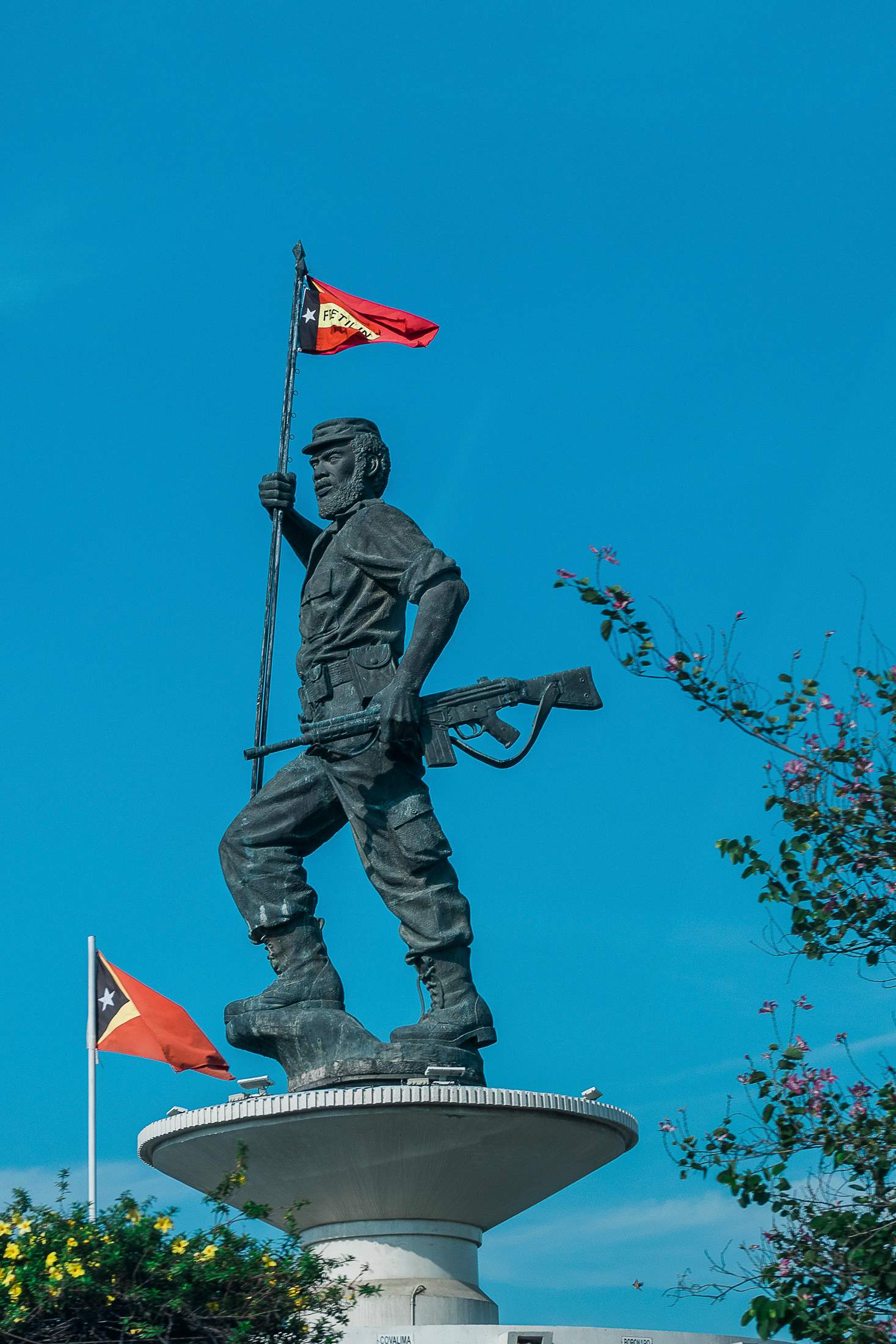
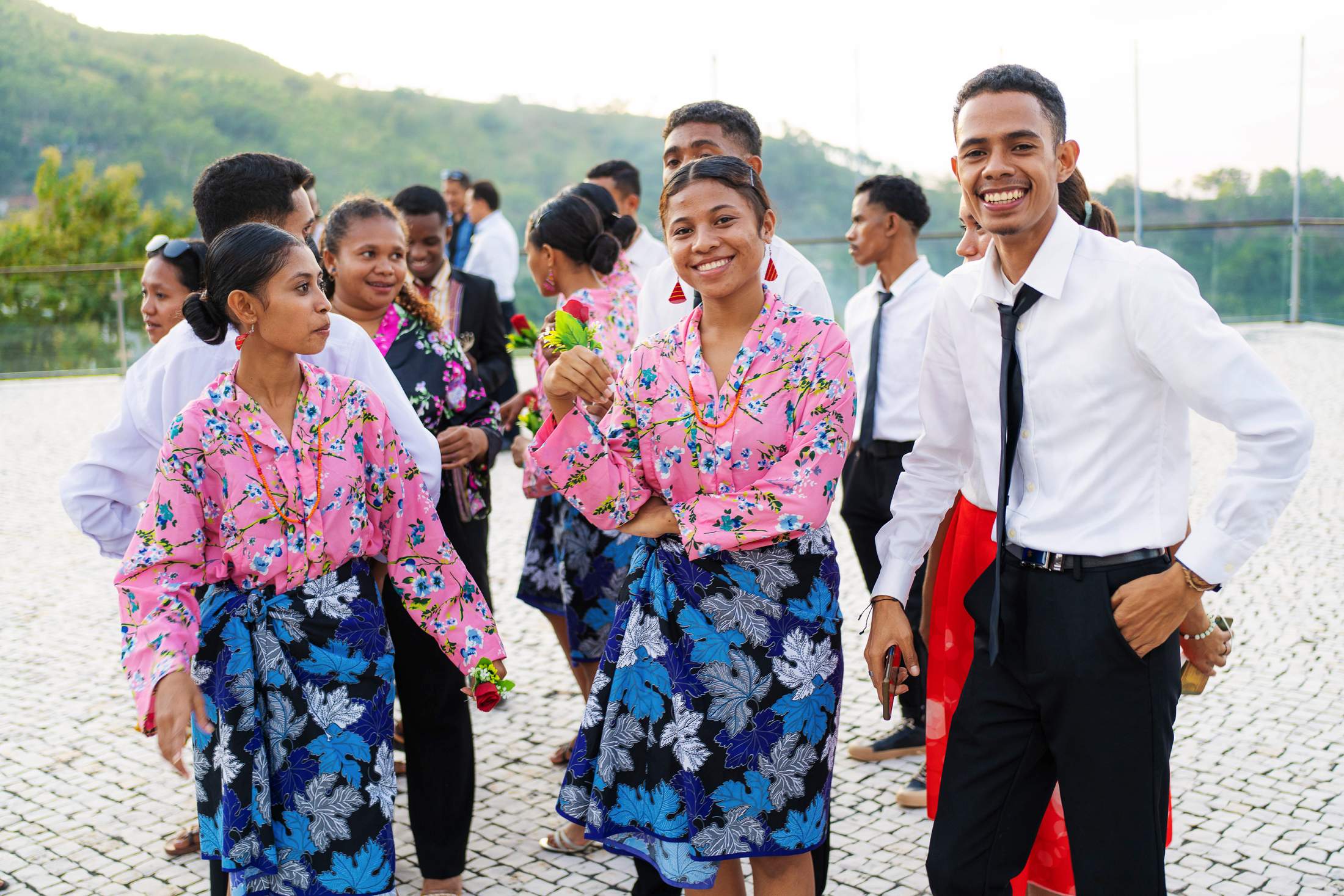
Ramos-Horta makes it clear that a good relationship is not an endorsement of a political system. “I don’t equate the US with China,” he says. “We are a democracy and a very active democracy. We very strongly adhere to human rights. So when I say we try to be neutral, yes, we don’t want to take sides in a conflict but we have more shared principles and shared values with our immediate neighbours in Australia and Indonesia, and with Europe and the US.” At the Asean summit in the Indonesian fishing town of Labuan Bajo in May, Timor-Leste made its debut appearance and Asean leaders released a road map laying out the financial and legal obligations that the country must fulfil before becoming a fully fledged member. Ramos-Horta once said that joining Asean was “harder than getting into heaven”. He first sought membership for Timor-Leste in 1974; now the process is finally under way.
“It’s very important for our regional trade and for investments,” he says. “We would no longer be a small country of 1.4 million people; we would become a market of 700 million people with a joint gdp of $3trn [€2.7trn]. It’s great visibility and it will push Timor-Leste to develop.” It is also an important political symbol in a region where being in Asean is almost synonymous with being Southeast Asian. Timor-Leste officially applied for membership in 2011 but the application languished for a decade. Countries including Singapore raised doubts about Timor-Leste’s readiness, such as whether it had enough English speakers (Asean’s official language) to send to meetings. Ramos-Horta is sanguine about the delay. “Today we are far better prepared,” he says. “There are so many meetings, more than 1,000 a year, on every issue we can imagine, from agriculture to zoos. Anything.” The biggest challenge, he adds, is “to be constructive, effective and not to disappoint our Asean colleagues. For the Singaporeans, everything is numbers. It’s not that they don’t care but they’re very strict and they didn’t think that Timor-Leste could handle the pressures of being a member. But we Timorese work better under pressure.”
Also on the horizon after years of uncertainty is the potential development of the Greater Sunrise gas fields in the Timor Sea, which could net billions of dollars. The project has been held up by disputes between the Australian and Timorese joint venture partners over where to pipe the gas. Ramos-Horta is hoping to reach an agreement this year about connecting the pipeline to Timor-Leste, rather than Australia, which would allow construction and commercial operations to follow in the next decade. Australia is Timor-Leste’s nearest neighbour after Indonesia and one of its most important bilateral relationships. The country is home to a large population of overseas Timorese, and Darwin was a base for the resistance-in-exile during the occupation. Australia led a pre-independence military stabilisation force and maintains a large aid presence and a defence co-operation programme.
In September 2022, Ramos-Horta travelled to Canberra to sign a new defence pact for increased military co-operation. “The relationship has been through ups and downs, there’s no doubt about that, particularly in relation to the Timor Sea oil and gas agreements,” says James Batley, who headed Australia’s mission in Dili between 1999 and 2002 and served as its first ambassador to Timor-Leste. Nevertheless, he says, the bilateral relationship is important to both sides. “We have a very strong stake in Timor-Leste, in its viability as an independent country. It’s one of our closest neighbours. Australian governments want to see Timor-Leste succeed.”

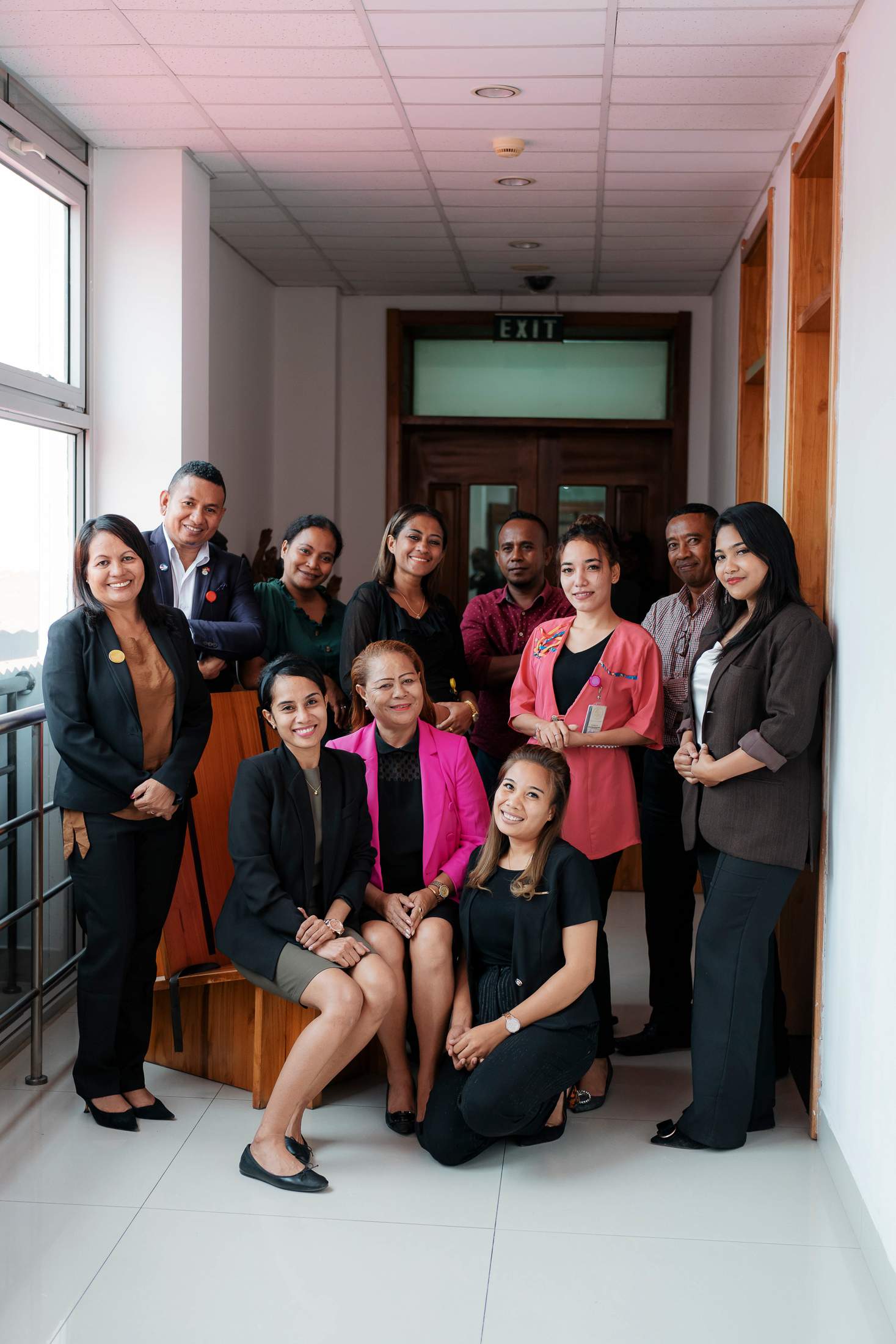
Timor-Leste is a small nation whose fate, until 21 years ago, was dictated by the whims of much larger ones. For half a millennium it was a Portuguese possession, 15,000 sq km of land in the middle of the Dutch East Indies where Dominican friars and Iberian sandalwood traders came to spread the word of God and make a bit of money. In 1974 the Carnation Revolution foisted democratic rule onto Portugal and its overseas empire unravelled. Portugal’s African colonies declared independence and in 1975 so did Timor-Leste, led by an early iteration of Fretilin, the pro-independence movement of which Ramos-Horta was a founding member. Cold War paranoia and concerns that an independent Timor-Leste would inspire domestic secessionists prompted Indonesia, under military dictator Suharto, to invade in 1975. It was the start of a long, bloody occupation. About a quarter of the population died in bombings, executions and enforced starvation; most of Fretilin’s leadership was tracked down and killed. Ramos-Horta left three days before the invasion to plead his country’s case to the UN. He was 25 years old, the youngest person to ever address the Security Council. He would not step foot on Timor again until 1999.
Suharto’s downfall in 1998 paved the way for a long-awaited 1999 referendum offering Timor-Leste “special autonomy” within Indonesia. Almost every eligible voter cast a ballot and nearly 80 per cent opted for full independence. In response, Indonesian soldiers and pro-integration militias razed Dili and other towns, massacring and forcibly displacing civilians. An international peacekeeping unit intervened and Timor-Leste was governed by the UN until 2002. “There were no cars, nothing,” long-time Timorese civil servant Vicky Tchong recalls over a cappuccino and a cigarette in Cantina Matak, an outdoor café behind the presidential palace that serves free meals to schoolchildren. Tchong helped to establish Timor-Leste’s foreign ministry under Ramos-Horta and later served as ambassador to China. She remembers bumping into two Portuguese journalists in Dili in 1999. “They had left a satellite phone, which was still functioning,” she says. “It was the only phone we could use to communicate with abroad.”
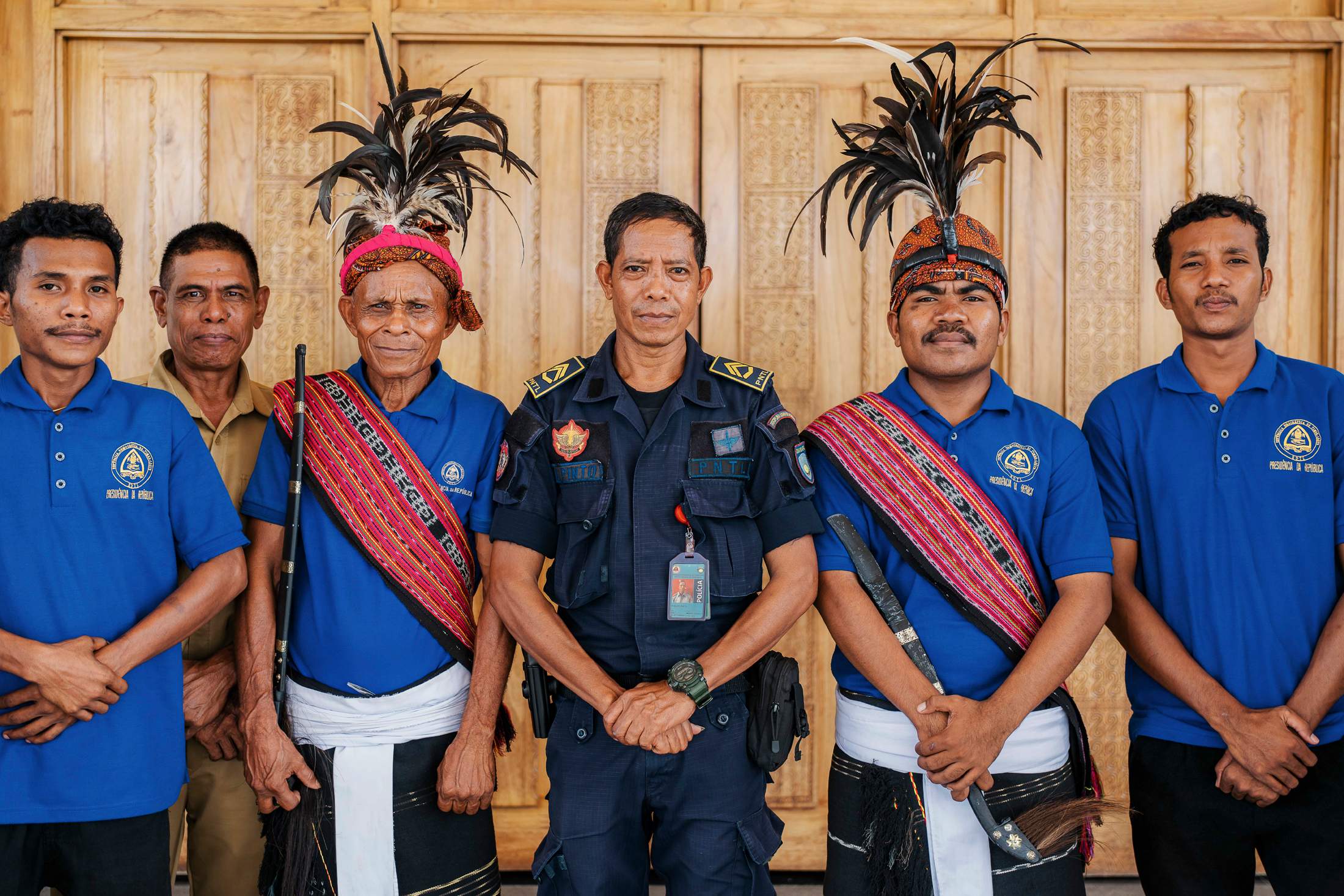
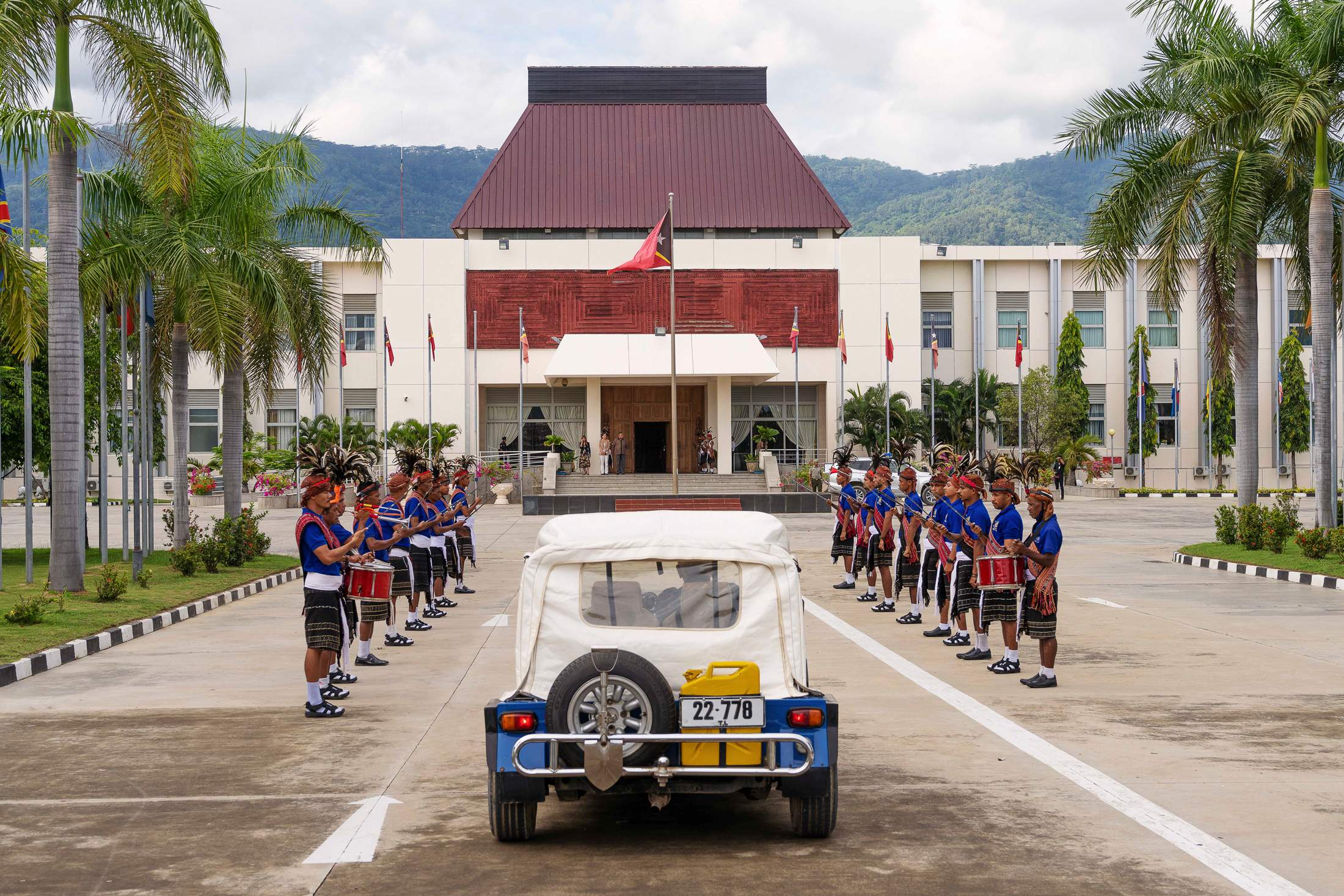
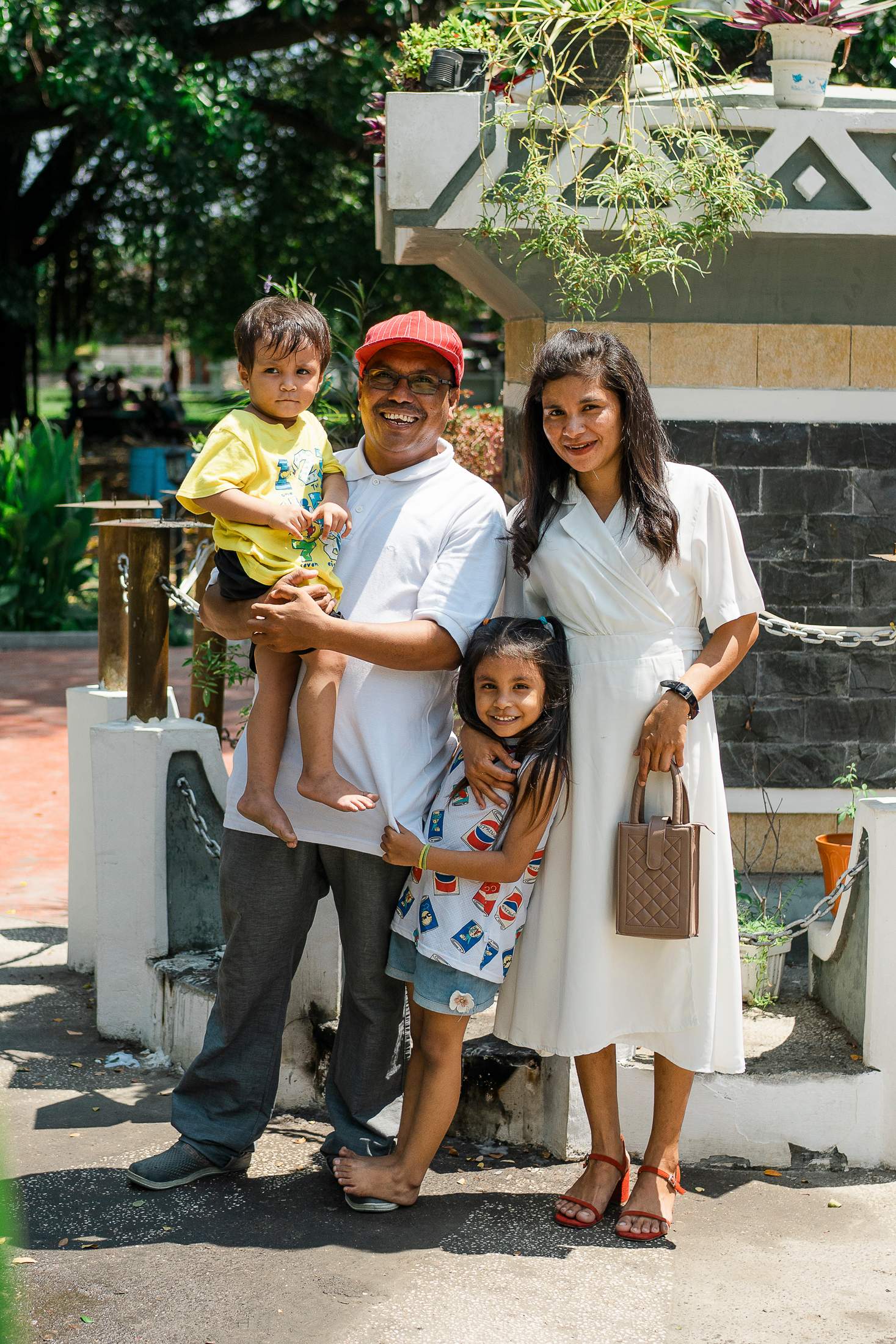
The majority of the buildings in Dili were burned to the ground, including churches and homes. Vital infrastructure – electricity, water, telephone lines – was demolished too. “A great deal of the fabric of the city was destroyed,” says Batley. Today the Timorese capital is peaceful. On a sunny afternoon by the harbour, high-school students huddle in giggling groups under the shade of a banyan tree; a silver-haired coconut seller slices fruit for thirsty pedestrians; fishing boats and ferries stream across the sea. Timor-Leste is the only country in Southeast Asia with a “free” rating from US think-tank Freedom House and it is ranked 10th in the world on the Reporters Without Borders press-freedom index. About 40 per cent of parliamentary seats are held by women and the constitution prohibits the death penalty and life imprisonment. “It’s a real success story that Timor-Leste can tell: the fact that it has held democratic rule and that different leaders from very militaristic backgrounds have respected [election] results,” says Claire Smith, a senior lecturer at the University of York who researches democratisation in Southeast Asia. “It’s a testimony to their respect for the democratic process, which you don’t see in many post-conflict countries around the region.”
Eastward on the coastal road from the harbour, the city abruptly becomes countryside. On the left are the turquoise waters of the Wetar Strait and the island of Ataúro shimmering in the distance; its pristine beaches and abundant marine life, including some of the world’s most biodiverse coral reefs, have made it a prime attraction for divers. Back on the mainland, there are plans to expand the airport runway, and a Hilton will open in 2024. It will be Timor-Leste’s first international hotel. Last year Singaporean developers announced a 550-hectare resort complex west of Dili; the $700m (€625m) project is the largest foreign investment in the country to date.
The road winds up lush green hills where villages nestle between spindly palms and banana trees, and goats scamper up cliffsides. In the distance, under a dollop of rain clouds, are the mountains where resistance fighters hid and fought for a quarter of a century. Now the slopes are blanketed with plantations of coffee, the country’s most important export after oil and gas. Further inland are other markers of change: a gated compound emblazoned with the logos of PowerChina and Sinohydro, two Chinese state-owned construction and engineering companies; a Heineken factory with billboards that proclaim “#1 Multi-Beverage Factory in Timor-Leste”; a swathe of rehabilitated mangrove forest, replanted to restore damaged ecosystems.
Development is afoot but old challenges persist. Timor-Leste’s labour force participation rate is much lower than regional peers, with many people still mired in subsistence agriculture. “Our poverty rate is still the highest in the region,” says Guteriano Neves, a Dili-based policy analyst. He advocates for better-focused spending on education, infrastructure and agriculture, and improved policies for private investment and land use. Neves is optimistic about the younger generation’s “risk-takers” launching small businesses. He gestures around the seaside café in which he is sitting with monocle, where foreign embassy staff and young Timorese office workers chat over lattes and banana bread. “So many coffee places and restaurants in Dili right now come from the youth,” says Neves. They are politically engaged as well. “Us Timorese, we have a strong sense of ownership of the government. We have a responsibility towards this country.”
Timor-Leste normalised relations with Indonesia almost immediately after independence and declined to pursue war crimes claims in an international tribunal. Instead of shunning Indonesia, it is deepening ties with new investment treaties and pledges to increase economic activity in the border region. “They could have simply turned their back and forever forgotten about Timor-Leste,” says Ramos-Horta. “No, they turned around and extended a hand of friendship.” He is speaking from his house on Robert F Kennedy Boulevard, where chickens and goats wander the driveway and a deer snoozes underneath a car. (The road was unmarked when he moved in, so he named it after a political idol.) On the breakfast table are copies of foreign magazines; the polyglot statesman also keeps up with Timorese newspapers and reads Le Monde and some Brazilian dailies. On the shelves, Che Guevara’s memoirs abut Lee Kuan Yew’s; there are books on Ottoman history, China’s economy and US foreign policy, as well as a Spanish edition of Plato’s Republic and a Jean-Paul Sartre play in French. “Very hard to understand,” says Ramos-Horta, muttering.
He is wary of how historical feuds can imperil nation-building, impair diplomacy and corrode relationships. He credits Gusmão’s immediate insistence, which he supported, on forgiveness and reconciliation, even in the face of atrocity. Twenty-one years after independence, almost every family has a direct relative who died during the occupation. Ramos-Horta himself lost four siblings. “Human beings are human beings,” he says. “You don’t forget the past, whatever it is, particularly when it’s tragic. No one is talking about legislating or decreeing reconciliation. It comes from the heart and mind of individuals.” In this regard, as in many others, Ramos-Horta is leading by example.


